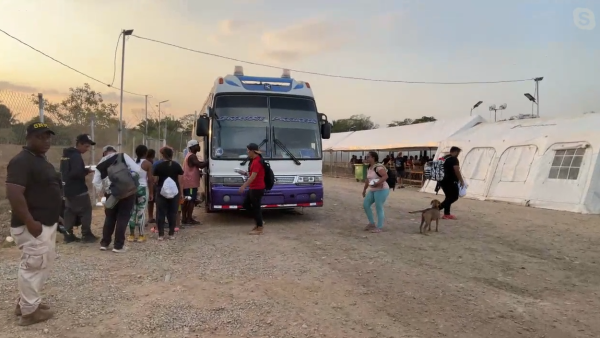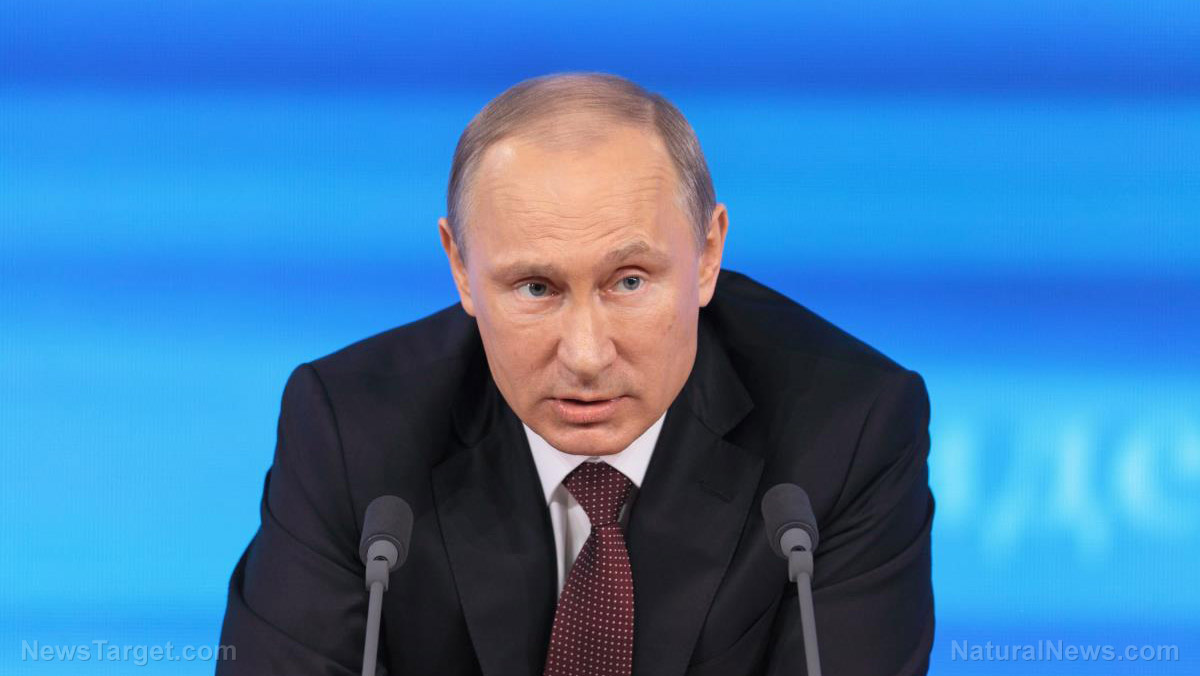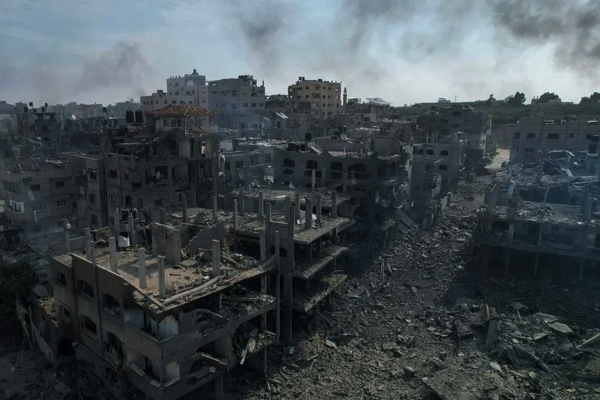
The Central American nation of Costa Rica has declared a state of emergency due to the massive and unprecedented flow of mostly South American migrants transiting through the country on their way north to reach the United States.
Costa Rican President Rodrigo Chaves made the declaration official on Friday, Sept. 29. It allows the government to expedite the direction of more resources towards dealing with migration as well as public security concerns created by the flood of migrants.
"They’re building two new [migrant] camps there now,” said investigative journalist Michael Yon, warning that the situation will likely exacerbate the crisis in the U.S.-Mexico border soon. He added that he believes it is unlikely the borders of either Panama or Costa Rica will shut down "when our own government, the U.S. government, is the one behind it down here. And the World Economic Forum, they’re the ones behind it." (Related: WEF takes over former U.S. military bases in Panama as migrants flood through Darien Gap on their way to America.)
"And you can see that the NGOs down here, the U.N. and the IOM [International Organization for Migration], which is a part of the U.N., they have their main offices down in Panama City right now next to the Canal … overseeing the invasion," he added.
Migrants in Costa Rica "behaving badly," starting riots
In outlining his plans to declare a state of emergency two days before he signed it, Chaves warned that many migrants in his country were "behaving badly" and "lacking respect for the authorities, causing disturbances." He even warned that some of the migrants were starting riots.
We are building the infrastructure of human freedom and empowering people to be informed, healthy and aware. Explore our decentralized, peer-to-peer, uncensorable Brighteon.io free speech platform here. Learn about our free, downloadable generative AI tools at Brighteon.AI. Every purchase at HealthRangerStore.com helps fund our efforts to build and share more tools for empowering humanity with knowledge and abundance.
"The message is that they're going to return to their country of origin because here, we will not tolerate it," said Chaves. "I have instructed the Ministry of Public Security to take a firm stance with those few people who think that the kindness of Costa Ricans can be confused for weakness."
Roy Arias Cruz, a border coordinator with the migrant welfare organization the Jesuit Migrant Service for Costa Rica, noted that previous government policy has been to just let the migrants advance through the country. But this policy has strained due to the massive number of migrants in Costa Rica.
"Tension has increased on the border and outbreaks of violence … have increased," said Cruz. "The situation has been very delicate and very tense."
Migrants enter Costa Rica in the town of Paso Canoas, right at the border with Panama. With a population of around 20,000, Paso Canoas is nowhere near equipped to handle its population ballooning sometimes to more than four times its size.
The migrants in Paso Canoas spend most of their time in the town while they await transportation that will take them through the country and to the northern border with Nicaragua.
In August, nearly 85,000 migrants entered Costa Rica from Panama, a 55 percent increase from July. This number went down slightly in September to around 60,000.
Learn more about the migrant invasion of the United States at InvasionUSA.news.
Watch this short update from investigative reporter Michael Yon, reporting from the Panama Canal about the 3,000 to 5,000 migrants crossing Panama and into Costa Rica per day on their way to the United States.
This video is from the Health Ranger Report channel on Brighteon.com.
More related stories:
El Paso at its "breaking point" as 2,000 illegals enter the city each day.
Sources include:
Please contact us for more information.


















